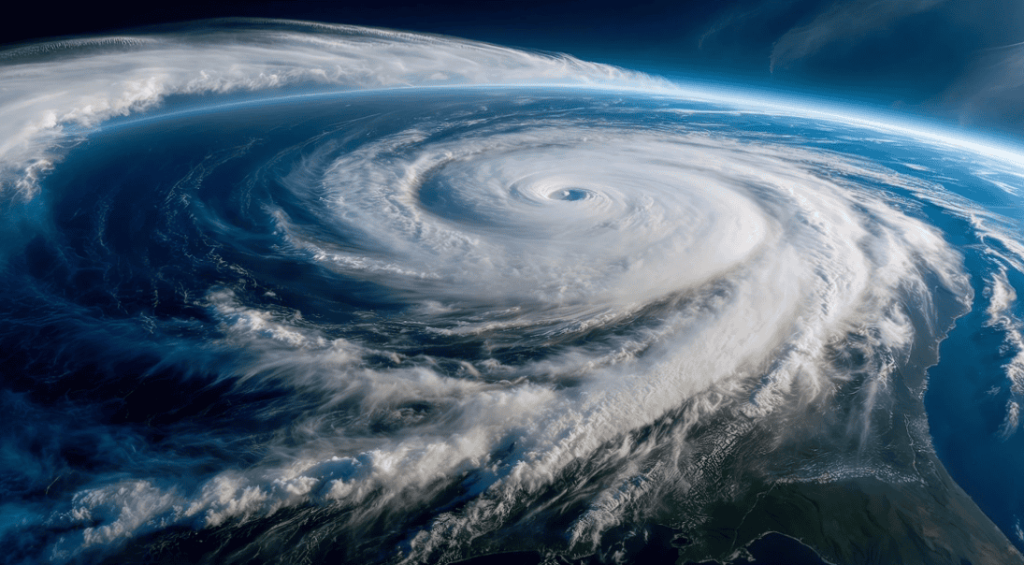Climate risk is at ‘code red’ level for the entire of humanity, prompting investors and policymakers to focus not only on the risks but also on the opportunities related to the green transition and on strategies to enhance countries’ resilience to climate change. This column presents new climate risk scores for more than 170 countries, distinguishing between physical and transition risks. The scores reveal that emerging and developing economies are the most exposed to physical risks, mainly due to acute physical events, sea level rise, and high temperatures. Transition risks are more relevant for fossil fuel producers and wealthier countries.
Interest in country-level climate risks has grown in recent years, in particular in the years following the 2015 Paris Agreement, which outlined clear decarbonisation pathways for each nation. Investors are also progressively aware about the long-term risks of climate change. Indeed, the exposure to physical climate risk can have negative implications for, among other things, sovereign debt (Zenios 2022, Bernhofen et al. 2024), the cost of debt and sovereign ratings (Beirne et al. 2021, Standard & Poor’s 2015, Agarwala et al. 2021, Revoltella et al. 2022), fiscal sustainability (Agarwala et al. 2021), and even on political stability (Moody’s 2016, Fitch 2022, Volz et al. 2020). Transition risk, by contrast, is linked to three main factors: policies, shifts in consumer preferences, and technological breakthroughs (Semeniuk et al. 2020). Reputational effects and legal actions due to failure to comply with environmental standards are also relevant.
In practice, three broad approaches are used to assess climate risk at the country level: modelling, scenario analysis, and (index-based) scores. Multidimensional macroeconomic models aim to evaluate the macro impacts of climate change. Some organisations are regularly developing scenario analyses, often based on the output of the models, to sketch multiple plausible and consistent representations of the future (not forecasts) under different policies and circumstances. In general, such scenarios project the possible future outcomes of climate change over the (very) long run (60-80 years from now). In addition to modelling and scenario analysis, index-based scoring help assess climate risk and rank countries (for example, the Notre Dame Global Adaptation Initiative (ND GAIN) and Germanwatch). Ratings agencies have started to develop their own assessments to complement their rating methodologies (Volz et al. 2020, Gratcheva et al. 2020). Typically, they combine environmental, social, and governance (ESG) criteria to support investors in making informed investment decisions.
New climate risk country scores
In a recent paper (Ferrazzi et al. 2025 ), we present an index to measure climate risk for over 170 countries, separately assessing physical and transition risk (on a relative basis – relative to other countries and relative to the size of their economies) while accounting for adaptation and mitigation capacity. The most relevant risk factors are carefully selected, and the related weights are assigned based on the literature and empirical evidence. Physical risk scores combine the following:
- acute risk: damages from extreme weather events, based on historical realisations (as a percentage of GDP, thus relative to the size of the economy);
- chronic risk: impact on agriculture, sea level rise, impact on infrastructures, impact on labour productivity due to heat, water scarcity (also as a percentage of GDP); and
- adaptation capacity, based on the economic ability to respond to shocks and the institutional capacity of the country (including rating, fiscal revenues, and governance indicators).
This approach, based on the relevance of impacts as a percentage of GDP, automatically provides the relative importance of each risk factor for each country, solving the issue of finding adequate weights.
Transition risk scores reflect the performance of countries in the past, today, and in the near future in the following:
- CO2 emissions, and the commitments to mitigate emissions;
- fossil fuel rents from coal, gas, and oil (as a percentage of GDP);
- deployment of renewable energy (as percentage of final energy consumption);
- energy intensity of economic activity; and
- climate policy ambition, based on the Nationally Determined Contributions (NDCs) required under the Paris Agreement.
The (very few) existing rankings use a large number of equally weighted indicators, implicitly assigning equal importance to numerous risk factors. Our approach, in contrast, is to select the relevant variables and assign proper weights, focusing on the next 5-10 years as the time horizon. Moreover, our approach incorporates factors that go beyond those typically considered in existing methodologies (chronic risk for physical risk or mitigation for transition risk, for instance) and relies only on publicly available data.
Who is most at risk?
Despite climate change being at ‘code red’ level for the entire of humanity (IPCC 2021, Guterres 2021), each country is exposed to different risk intensities. Our climate risk country scores indicate that emerging and developing economies are most exposed to physical risk – in particular, to acute physical events (hurricanes and storms, floods, fires), sea level rise, and high temperatures. In general, emerging and developing economies are more exposed to higher temperatures (as additional increases of temperatures in already hot environments impact human activities) and to agricultural losses (which are the most dependent on weather conditions). These countries are also less able to adapt (i.e. to protect themselves from the effects of weather). Transition risk is more relevant for fossil fuel producers and wealthier countries which need to reduce emissions, and for those countries that are less prepared for the transition to net zero in terms of energy efficiency and deployment of renewable energy.
Figure 1 Contribution of risk factors


Note: Non-weighted average across countries. Global average of the scores (including adaptation) is 1.
Figure 2 Physical and transition risk by country


Note: Caribbean and Pacific (not clearly visible in the above map due to the size of the countries) face high physical risks and, respectively, high and elevated transition risks. Global average of the scores is 1 for both physical and transition risk.
Conclusion
Summarising a country’s climate risks into a score is a complex task that requires careful decisions regarding the objective, time frame, risk factors, and level of granularity. The few climate change indices available rely on a large number of equally weighted factors (‘as much as you can find’) and assume they are all equally relevant. Our climate risk country scores instead identify the main risk factors and calibrate the weights based on the literature and econometric analysis.
Our climate risk scores for 170 countries confirm that climate risks are not evenly distributed. Emerging and developing economies are the more vulnerable to physical risk and hence need relevant investments in adaptation capacity. In contrast, we find that transition risks are higher for wealthier and fossil fuel-producing countries.
Our country-level climate change risk scores have a wide range of uses and implications. First, as climate risks intensify and regulatory requirements evolve, banks and international financial institutions can use these scores to support their risk management processes. Indeed, using an earlier vintage of our scores, Cappiello et al. (2025) confirm the relevance of climate risks – in particular, physical risks – for sovereign credit ratings. The scores can serve as a risk-management tool for sovereign counterparts but also as starting point for evaluating climate-related risks faced by firms and banks within a given country.
Second, our scores can also represent an opportunity to identify mitigation and adaptation priorities and related financing needs to enhance climate resilience.
Third, the results highlight the importance of international cooperation, as climate change is a broad-based phenomenon affecting countries across the globe and requires collective efforts.
Source : VOXeu



































































